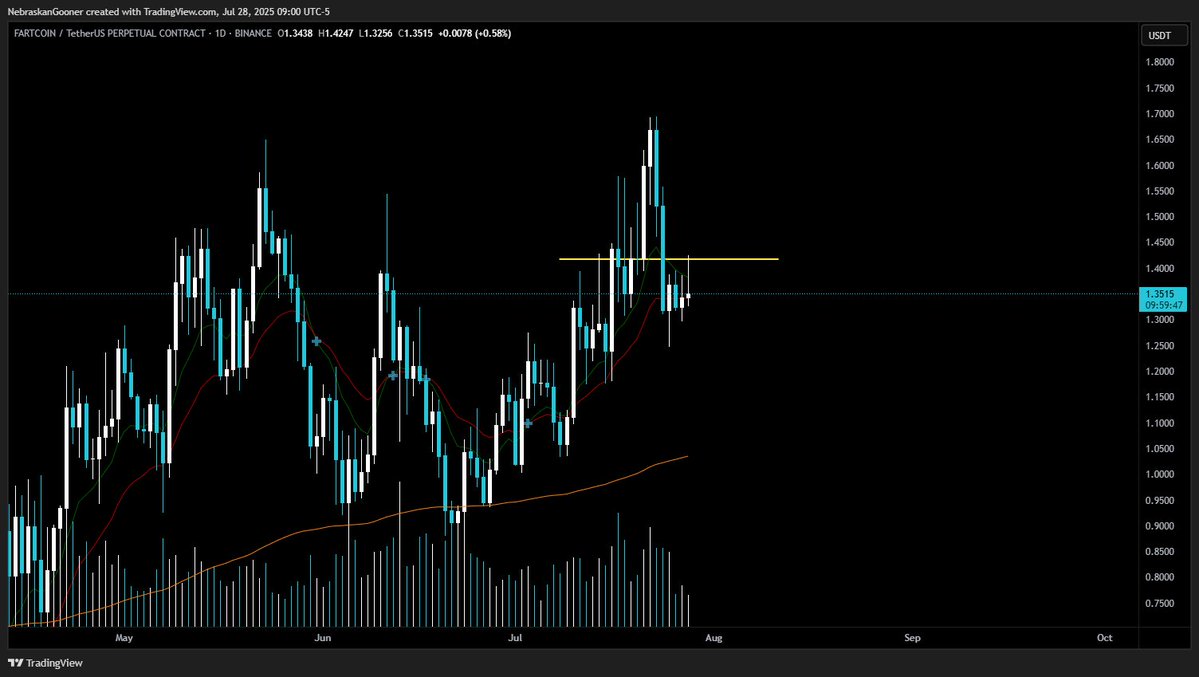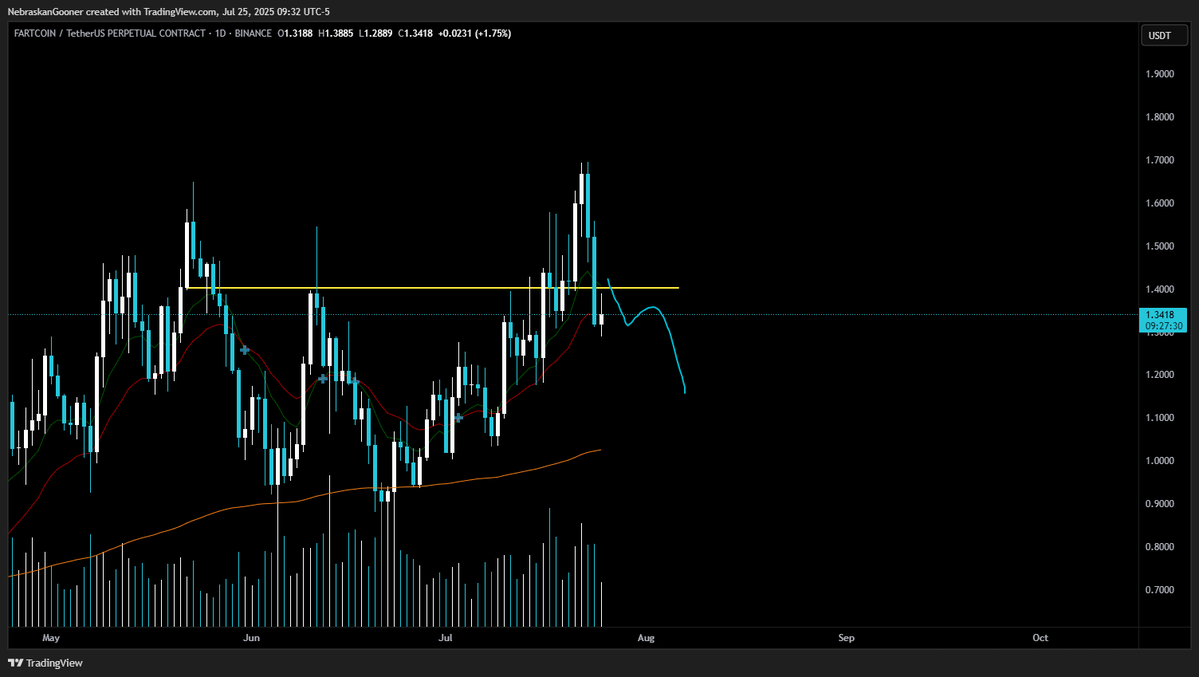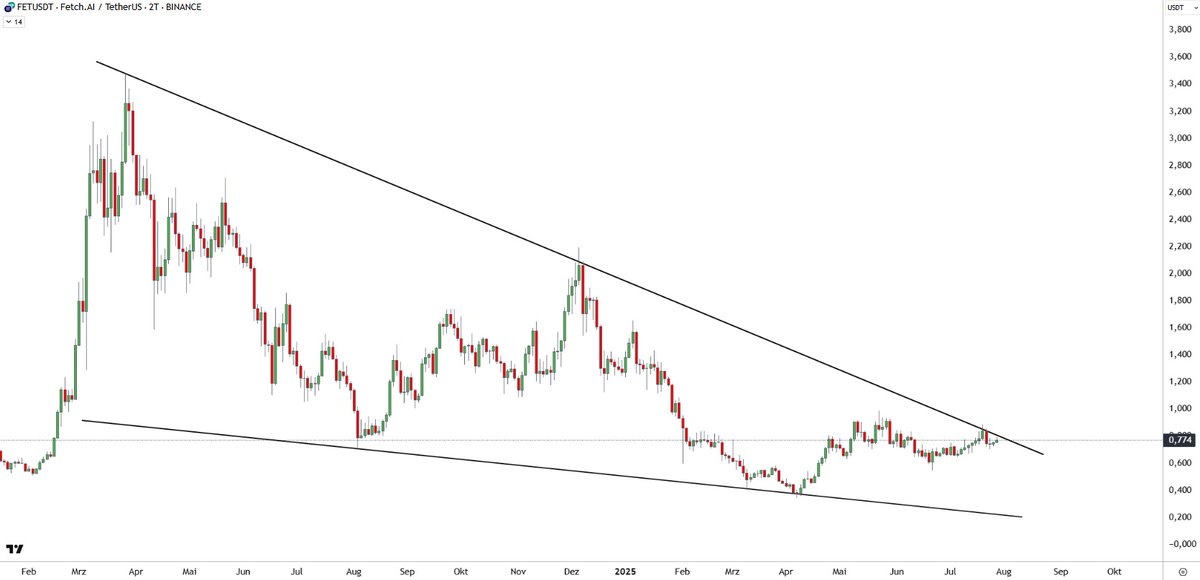Fetch.ai price
in USDCheck your spelling or try another.


About Fetch.ai
Fetch.ai’s price performance
Fetch.ai on socials
Guides

Fetch.ai on OKX Learn


Fetch.ai FAQ
Dive deeper into Fetch.ai
Fetch.ai is an innovative platform that combines artificial intelligence, multi-agent systems, and distributed ledger technologies to create a new digital economy. The platform was established to address the challenges of data utilization and coordination of complex tasks. It was launched with the mission to revolutionize the way we transact and interact with digital systems, by creating a transparent and adaptive ecosystem that evolves to meet the ever-changing demands of the world.
Fetch.ai aims to empower individuals, businesses, and governments by enabling them to train and deploy machine learning models on a secure, scalable, and decentralized network. The platform provides a new form of digital intelligence and a new economy where autonomous software agents perform useful economic work.
The Fetch.ai Foundation, a non-profit organization based in the Netherlands, is committed to advancing the adoption and understanding of Fetch.ai and blockchain technology.
How does Fetch.ai work
Fetch.ai is powered by Large Language Models (LLMs) that drive its understanding, coordination, and problem-solving proficiency. The AI Engine within Fetch.ai allows users and developers to connect to a wide range of agent-based services. Once an agent is registered, the service provided becomes an integral part of the AI Engine's landscape, orchestrating dynamic connections between users and services.
Fetch.ai's Agentverse is a cloud-based IDE that simplifies the process of creating, training, and deploying AI agents. It offers a user-friendly interface and a collection of tools and libraries that streamline the development and integration of AI agents into existing systems.
Fetch.ai price and tokenomics
The Fetch.ai network operates with a native digital currency known as the Fetch Token (FET). The total supply of FET is fixed at 1,152,997,575 tokens. The Fetch Token is used on the network for all transactions and for network operations such as secure communications. Tokens also serve as a refundable deposit for both nodes and agents wishing to perform certain operations, acting as a security mechanism that discourages bad behavior.
About the founder
Fetch.ai was founded by Humayun Sheikh, who currently serves as the CEO of the company. Sheikh is an innovation entrepreneur with a record in revolutionizing trading in the steel sector. He is also a founding investor in DeepMind, a world leader in artificial intelligence research. Fetch.ai is governed by the Fetch.AI Foundation, a non-profit organization based in the Netherlands. The foundation is co-governed by representatives from Fetch.ai and Bosch, a leading global supplier of technology and services.
Fetch.ai highlights
Fetch.ai has made significant strides in the development and adoption of its technology. The platform has partnered with several notable entities, including Bosch and Ocean Protocol, to advance its mission. Fetch.ai has also been listed on several cryptocurrency exchanges, enhancing its accessibility to a wider audience.
One of the unique features of Fetch.ai is its AI Engine, which leverages Large Language Models (LLMs) to discover and route task execution to the relevant AI agents. This allows users and developers to connect to a wide range of agent-based services, thereby enhancing the functionality of the token.
Frequently Asked Questions about Fetch.ai (FET)
Fetch.ai is an innovative platform that combines artificial intelligence, multi-agent systems, and distributed ledger technologies to create a new digital economy.
- What is Fetch.ai's mission?
Fetch.ai's mission is to drive the advancement of AI and Web3 technologies, with a focus on creating a collaborative ecosystem for industry participants that is poised to unlock new innovations and business opportunities.
- What is the total supply of FET tokens?
The total supply of FET is fixed at 1,152,997,575 tokens.
Disclaimer
OKX does not provide investment or asset recommendations. You should carefully consider whether trading or holding digital assets is suitable for you in light of your financial condition. Please consult your legal/tax/investment professional for questions about your specific circumstances. For further details, please refer to our Terms of Use and Risk Warning. By using the third-party website ("TPW"), you accept that any use of the TPW will be subject to and governed by the terms of the TPW. Unless expressly stated in writing, OKX and its affiliates (“OKX”) are not in any way associated with the owner or operator of the TPW. You agree that OKX is not responsible or liable for any loss, damage and any other consequences arising from your use of the TPW. Please be aware that using a TPW may result in a loss or diminution of your assets. Product may not be available in all jurisdictions.





































